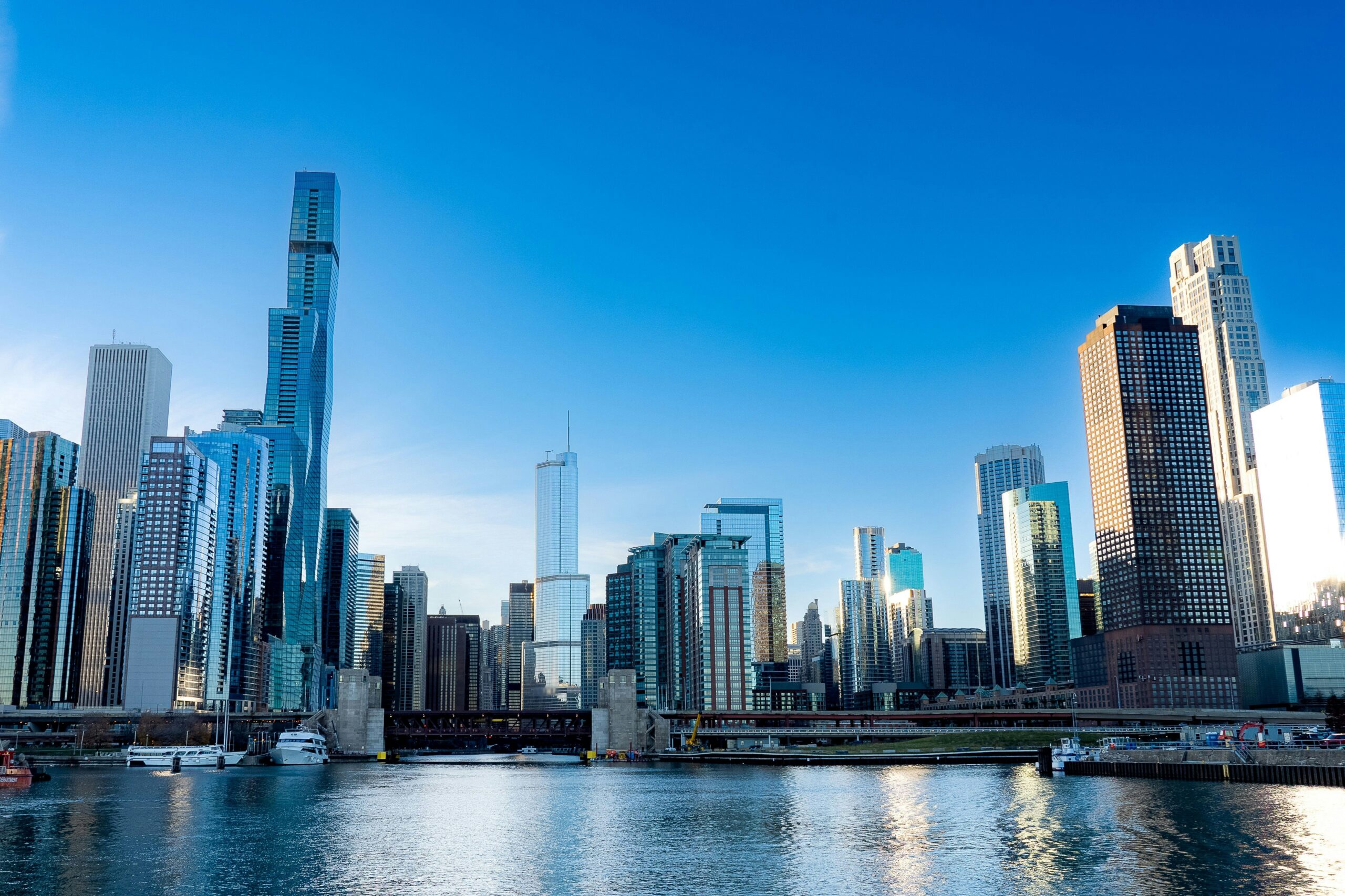The Chicago School and the Birth of the Skyscraper
- Steel-frame Construction: Replacing heavy masonry walls with steel skeletons allowed buildings to reach unprecedented heights.
- Reinforced Foundations: Engineers devised methods to handle the weight of taller buildings, including deep-set foundations.
- Windows and Vertical Aesthetics: Architects, like Louis Sullivan, emphasized vertical lines and incorporated large windows to balance functionality and form.
These innovations can be seen in iconic buildings like the Home Insurance Building (1885), which many consider the first true skyscraper.
Sullivan famously said, “Form follows function,” a philosophy that shaped the architecture of that era and beyond.
The Evolution of Skyscrapers
While the Chicago School laid the foundation, skyscrapers evolved significantly over the next century. Consider these landmark periods:
| Era | Key Features | Examples |
|---|---|---|
| Art Deco (1920s-1930s) | Ornate designs with sleek, geometric forms | Chrysler Building, Empire State Building |
| Modernism (1950s-1960s) | Minimalist, glass-and-steel aesthetics | Lever House, Seagram Building |
| Postmodernism (1970s-1980s) | Playful designs, often blending historical styles | AT&T Building, 875 North Michigan Avenue |
| Super-tall Era (2000s-Present) | Advanced technology enabling extreme heights | Burj Khalifa, One World Trade Center |
Each of these eras showcases how innovation in materials, design philosophy, and engineering pushed the limits of what skyscrapers could be.
Tips for Appreciating Skyscraper Architecture
Want to deepen your understanding and appreciation of skyscrapers? Try these tips:
- Study the Details: Look for recurring themes, such as vertical lines or decorative elements.
- Learn the History: Research the story behind iconic buildings—why and how they were designed.
- Explore the Interiors: Skyscraper lobbies often house stunning murals, sculptures, and art deco motifs.
- Understand Structural Innovation: Learn how materials like steel and reinforced concrete revolutionized construction.
- Take a Guided Tour: Cities like Chicago offer architecture-focused boat or walking tours to provide deeper context.
Modern-Day Marvels and Sustainability
Today’s skyscrapers are not just about height but also sustainability. Developers are focusing on creating energy-efficient, eco-friendly buildings.
Features of Sustainable Skyscrapers
- Green roofs to reduce heat and improve insulation
- Use of recycled materials in construction
- Efficient waste and water management systems
- Solar panels integrated into building façades
The Bosco Verticale in Milan and The Edge in Amsterdam are prime examples of skyscrapers that blend innovation with sustainability.
FAQs About Skyscrapers
What defines a skyscraper?
A skyscraper typically refers to a tall, continuously habitable building exceeding 150 meters (492 feet) in height.
What is the tallest skyscraper in the world?
The Burj Khalifa in Dubai currently holds the title, standing at an incredible 828 meters (2,717 feet).
Which city has the most skyscrapers?
Hong Kong leads the world in skyscrapers, boasting over 500 buildings taller than 150 meters.
What Skyscrapers Teach Us About Ambition
From the steel frames of the Chicago School to the glass-and-concrete marvels of the modern era, skyscrapers embody a ceaseless drive to innovate and reach greater heights. Whether you live in a high-rise city or admire them from afar, these architectural feats offer powerful lessons about human ambition, adaptability, and sustainability. Next time you pass by a soaring tower, take a moment to appreciate the history, passion, and ingenuity that made it possible.
Inspired to learn more? Explore the architectural wonders of the past and present, and bring their lessons into your own designs or interests!




Leave a Reply